Key Takeaways
- Ticks are blood-feeding parasites that can transmit diseases like Lyme and Rocky Mountain spotted fever.
- They live in dense, shady vegetation and attach to hosts using questing behavior.
- Prevent ticks with yard maintenance, protective clothing, and EPA-approved repellents.
- Remove ticks safely using fine-tipped tweezers—no twisting or jerking.
- Hire professional pest control for long-term tick prevention and infestation management.
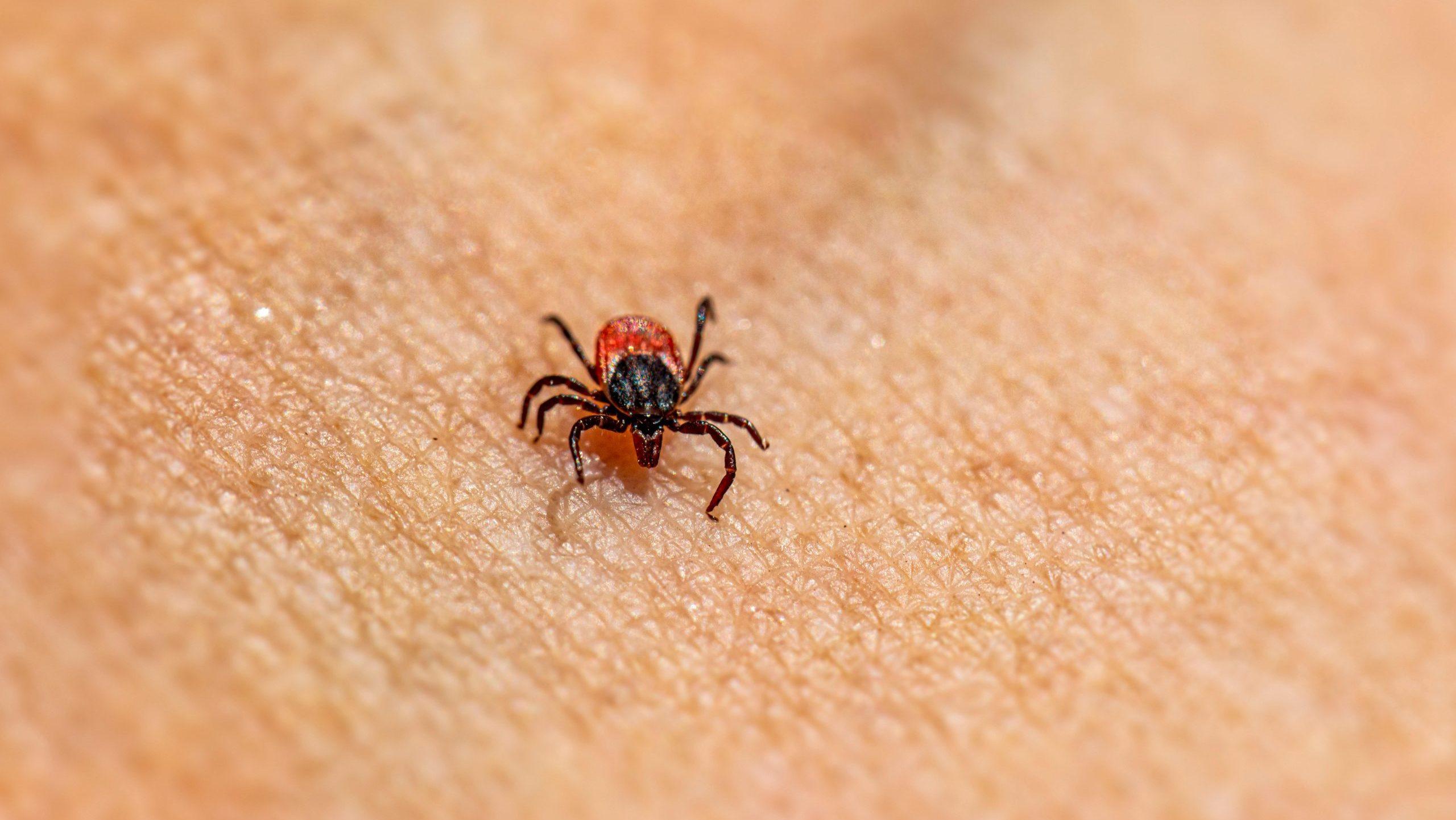 Ticks are small parasites belonging to the arachnid family. They are more than just a nuisance. They survive by consuming the blood of animals and humans. While a single bite might go unnoticed, the consequences can be severe.
These tiny creatures are often found in areas with dense vegetation and can cause various health risks and diseases such as Lyme disease, anaplasmosis, and Rocky Mountain spotted fever. They don’t fly. They don’t jump. But they wait—perched on blades of grass or leaves—ready to latch onto anyone passing by.
This article serves as a comprehensive guide to understanding ticks, highlighting their physical characteristics, habitats, risks associated with their bites, and effective strategies for prevention and safe removal.
Concerned that ticks might be lurking around your home? Schedule your Free Pest Inspection Today. Our specialists will quickly identify potential risks and provide effective solutions to keep your home tick-free.
Ticks are small parasites belonging to the arachnid family. They are more than just a nuisance. They survive by consuming the blood of animals and humans. While a single bite might go unnoticed, the consequences can be severe.
These tiny creatures are often found in areas with dense vegetation and can cause various health risks and diseases such as Lyme disease, anaplasmosis, and Rocky Mountain spotted fever. They don’t fly. They don’t jump. But they wait—perched on blades of grass or leaves—ready to latch onto anyone passing by.
This article serves as a comprehensive guide to understanding ticks, highlighting their physical characteristics, habitats, risks associated with their bites, and effective strategies for prevention and safe removal.
Concerned that ticks might be lurking around your home? Schedule your Free Pest Inspection Today. Our specialists will quickly identify potential risks and provide effective solutions to keep your home tick-free.


Not getting a solution?
Get your free pest control estimate today!What Do Ticks Look Like?
Ticks are tiny arachnids and are closely related to spiders and mites. Their unique physical traits make them easy to identify, particularly when spotted on a host.Physical Characteristics of Ticks
-
Size: Ticks range from 1 mm to 1 cm in length. They can be size of a pinhead (larvae) to a grape (engorged adults). When unfed, they appear flat and oval-shaped, but after feeding, they swell into a rounded shape.
-
Color: Ticks are typically brown, reddish-brown, black or grayish. After feeding on blood, they darken to shades of deep red or purple.
-
Body Structure: These arachnids have eight legs and a hard, protective outer shell known as the scutum, visible on their back.
-
Mouthparts: Ticks have specialized mouthparts, called a capitulum, which enable them to pierce the skin of their host and feed on blood.
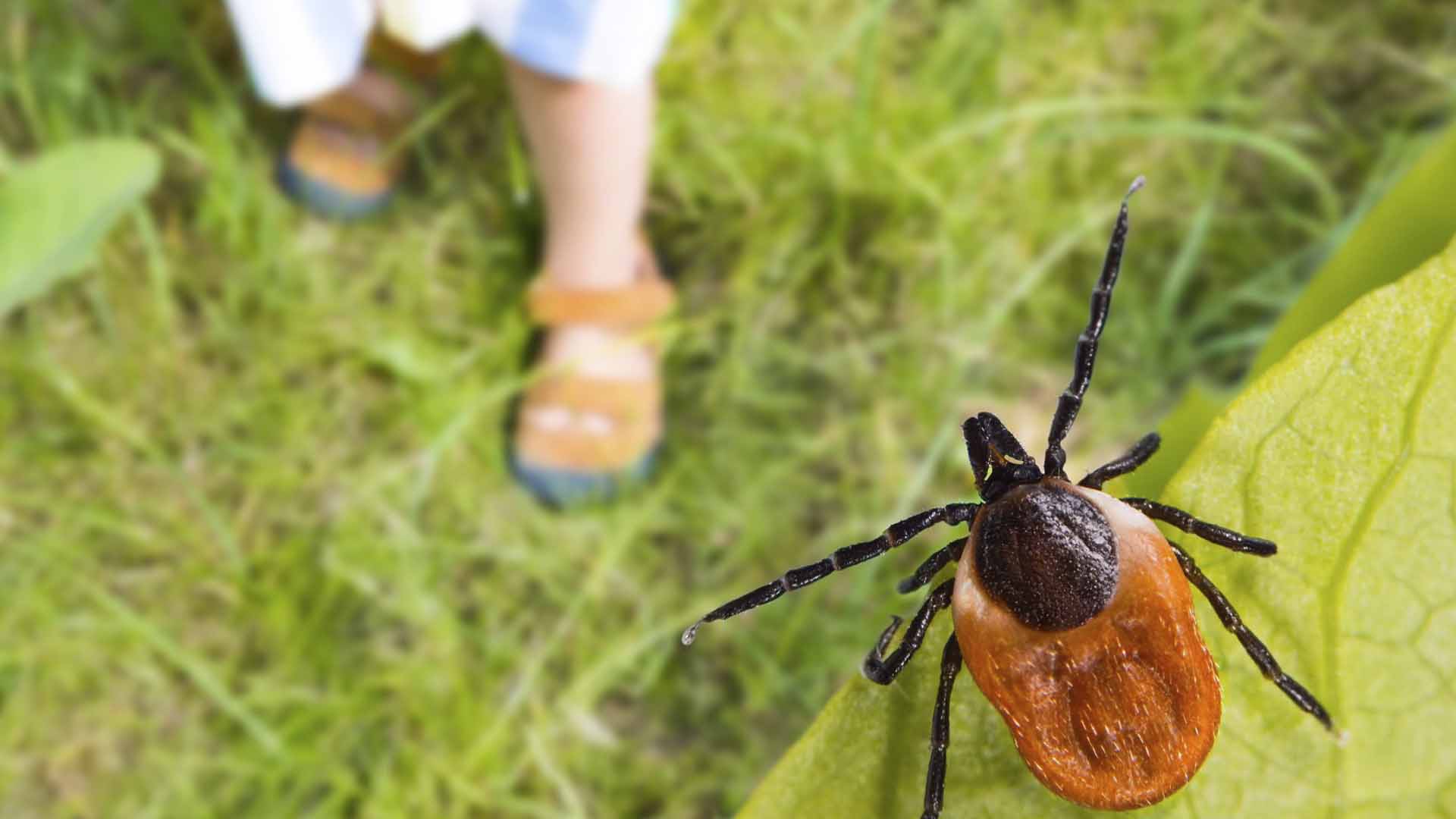
Where Do Ticks Live?
Ticks prefer living in environments that provide ample opportunities to find a host. Common habitats include woodlands and forests, where dense vegetation, shrubs, and trees allow ticks to easily latch onto passing hosts. Grassy fields with tall grass are another favorite spot, offering ticks the chance to attach to humans or animals. They use questing—crawling up onto low vegetation and holding their front legs out to grab onto anything brushing past. It’s simple, effective, and complex to notice until it’s too late.Standard Tick Zones
- Overgrown grass or brush
- Piles of leaves
- Wooded walking paths
- Edges of forests or along fence lines
- Pet trails and public parks
- Shaded spots under decks, porches, or shrubs
Common U.S. Tick Species and the Risks They Carry
Several tick species are found across the United States, but a few are known to carry disease-causing bacteria and viruses.| Tick | Region | Diseases Spread |
|---|---|---|
| Deer Tick (Blacklegged) | Northeast, Midwest | Lyme, Babesiosis, Anaplasmosis |
| Lone Star Tick | Southeast, East | Ehrlichiosis, STARI, Alpha-gal Syndrome |
| American Dog Tick | Across U.S. | Rocky Mountain Spotted Fever |
| Brown Dog Tick | Nationwide | RMSF; may infest indoor spaces |
| Western Blacklegged Tick | Pacific Coast | Lyme, Anaplasmosis |
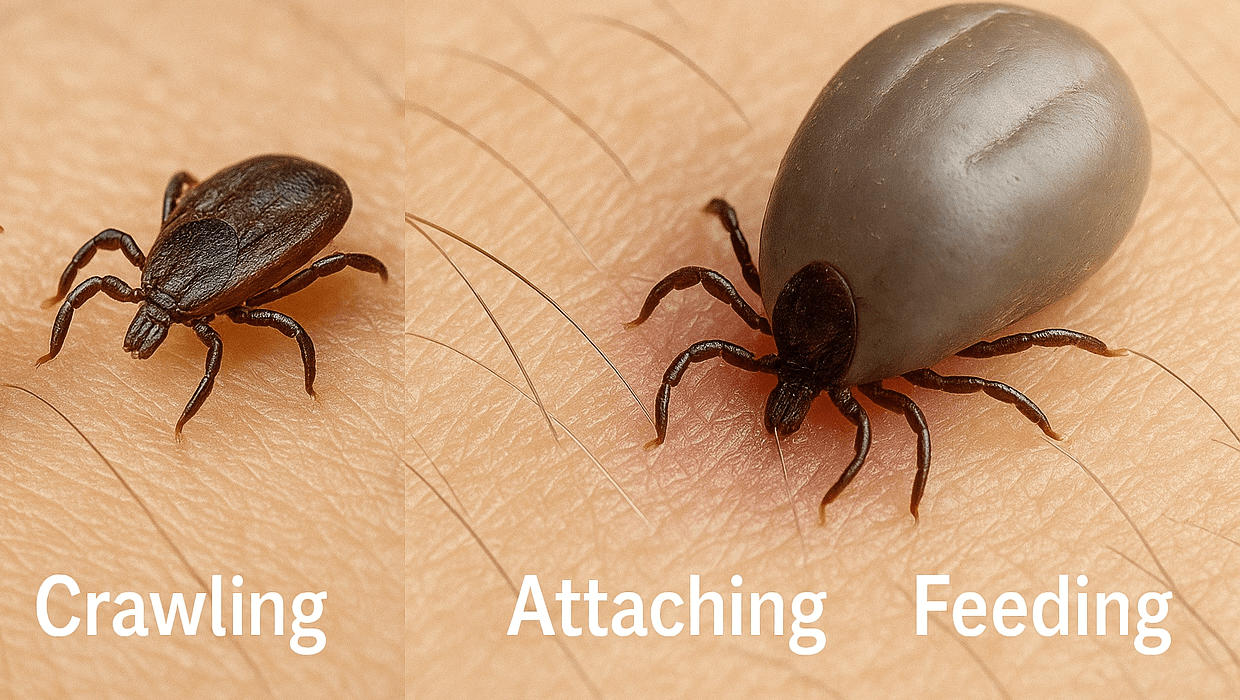
When Ticks Are Most Active
Ticks are most active in warm, moist conditions, but their seasons vary based on where you live.General Activity Patterns
-
Spring: Nymph-stage ticks emerge—small and easy to miss, but fully capable of biting and transmitting disease.
-
Summer: All life stages (larvae, nymphs, adults) are active, making this the peak season for tick encounters and bites.
-
Fall: Adult ticks become more active again, seeking a final host before winter dormancy.
-
Winter: In milder climates, ticks can remain active during warm spells, especially in leaf litter and protected outdoor areas.

How Long Do Ticks Live?
Ticks can live from several months to two years, depending on their species, environment, and access to hosts. Their survival hinges on finding blood meals at each stage of their life cycle. Here’s a breakdown of their stages:Life Cycle of Ticks
-
Egg: Female ticks lay thousands of eggs in warm, moist areas. These hatch into larvae within weeks or months, depending on environmental conditions.
-
Larva (6-legged): The newly hatched larvae, often called “seed ticks,” feed on a host to gain the nutrients needed to molt into nymphs.
-
Nymph (8-legged): After molting, nymphs actively seek a host to feed on. This stage can last several weeks to months.
-
Adult (8-legged): Adults feed, reproduce, and can live for several months to years if they have consistent access to hosts.
Signs to Watch For
- A small red bump at the bite site
- A visible tick still attached to the skin
- A bullseye-shaped rash, a key sign of Lyme disease
- Fatigue, fever, or flu-like symptoms in the days after the bite
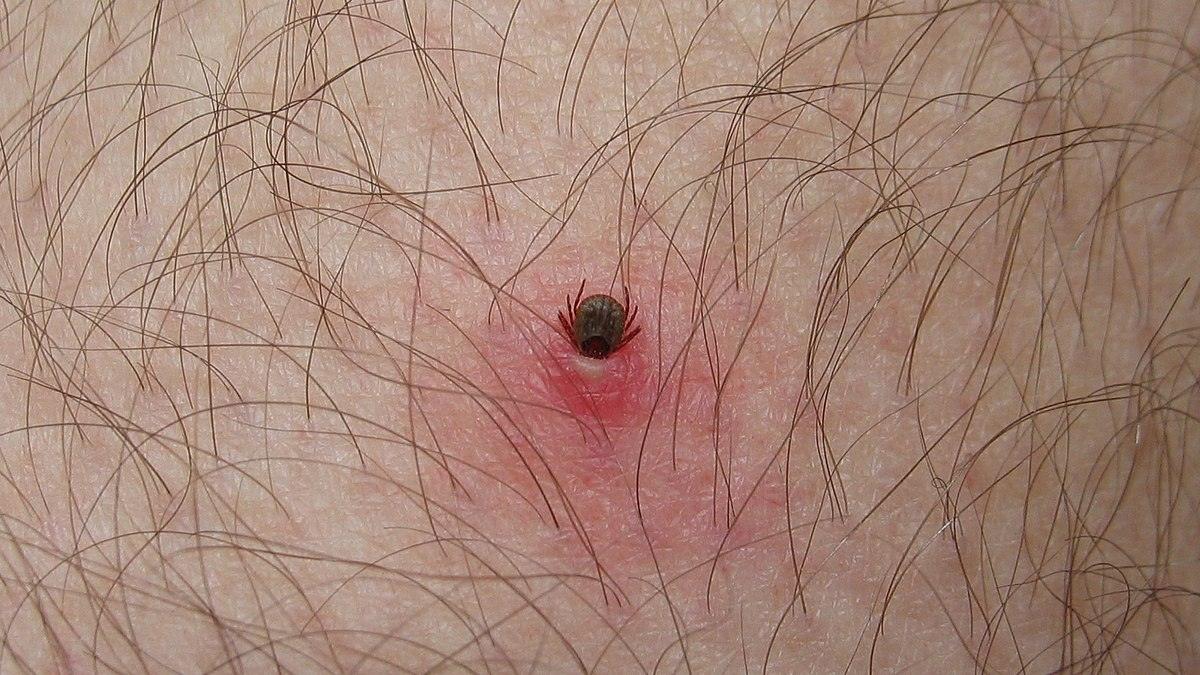
What Diseases Do Ticks Carry?
Ticks are parasitic arachnids. They feed on blood and can transmit serious diseases to humans and animals. Key tick-borne diseases include Lyme disease, caused by Borrelia burgdorferi and transmitted by black-legged ticks (deer ticks), and Rocky Mountain spotted fever, spread by American dog ticks, which leads to fever, rash, and muscle pain. Tick-borne encephalitis, a viral infection, causes brain inflammation and neurological issues, while babesiosis, a parasitic infection, affects red blood cells. Additionally, tick paralysis, resulting from toxins in tick saliva, can cause temporary muscle paralysis. Beyond these diseases, ticks may also cause skin irritation, allergic reactions, and secondary infections at the bite site.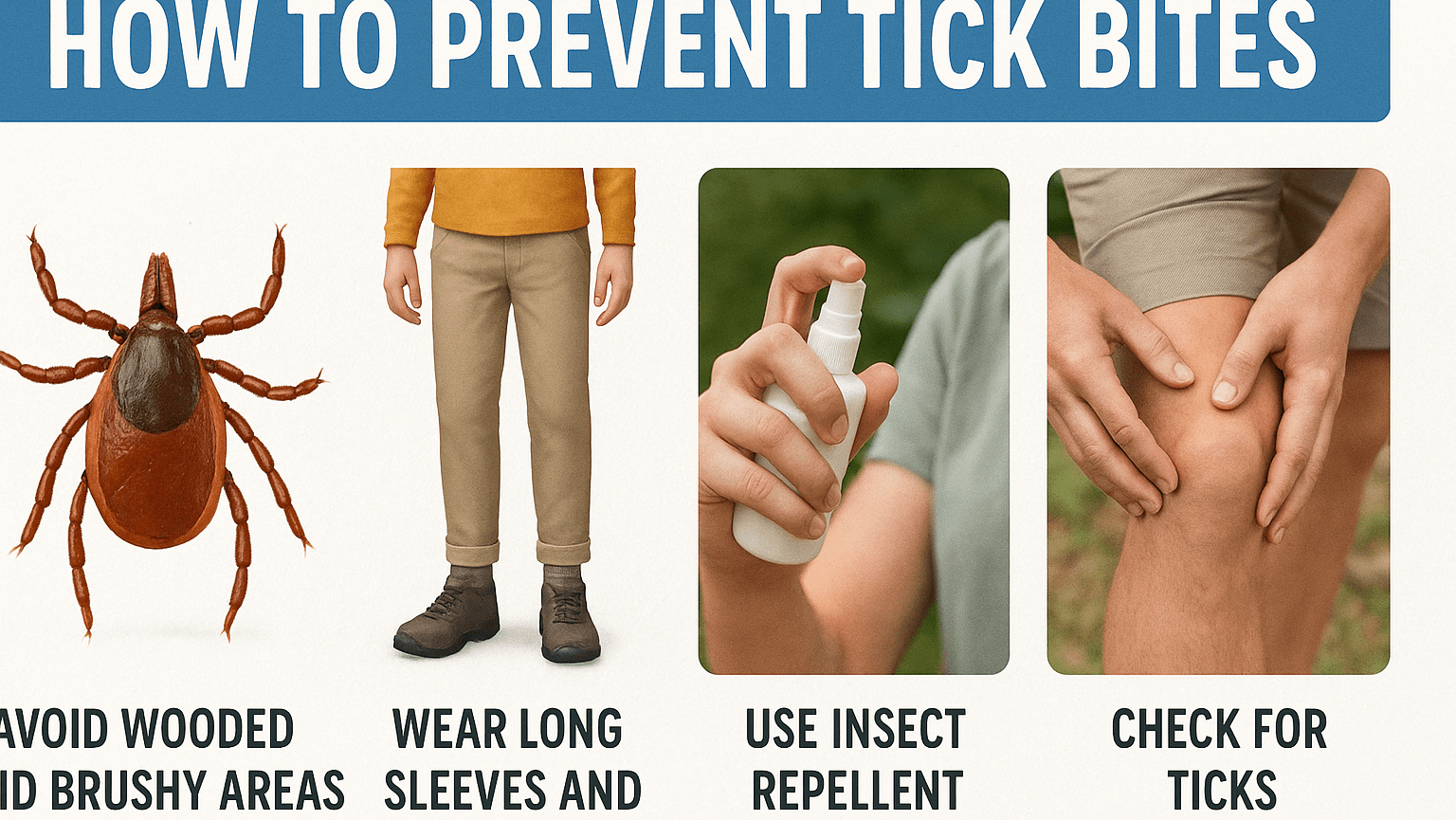
How to Prevent Tick Bites?
Protecting yourself and your pets from tick-borne illnesses is essential, especially if you live in areas with high tick populations. Here are some tips to minimise the risk of tick bites and disease transmission:Tips to Prevent Tick Bites
-
Put on long-sleeved clothes to cover exposed skin.
-
Apply tick repellents containing DEET, permethrin, or picaridin.
-
Inspect your body and pets for ticks after outdoor activities.
-
Keep grass short and remove leaf litter in your yard.
-
Stay on trails and avoid going through tall grass.
-
Use tick preventatives for pets and check their fur regularly.

Make Your Yard Less Tick-Friendly
Ticks thrive in places where vegetation is dense and animals pass through often. Adjusting your landscaping makes a noticeable difference.Tick-Proofing Tips
- Keep grass trimmed and trees pruned
- Clear away brush, leaves, and outdoor clutter
- Store firewood in sunny, dry areas away from the home
- Install gravel or mulch barriers between wooded areas and your lawn
- Place playsets and outdoor furniture in dry, open spaces
- Use professional tick treatments for high-risk yards
How to Remove a Tick Safely
If a tick is already attached, stay calm—but act quickly.How to Remove a Tick Safely
- Use fine-tipped tweezers to grasp the tick
- Grab the tick as close to your skin as possible
- Pull upward steadily—avoid twisting or jerking
- Clean the area with soap, rubbing alcohol, or iodine
- Save the tick in a sealed bag in case medical evaluation is needed
- Monitor for symptoms like rash, fever, or fatigue for 30 days





